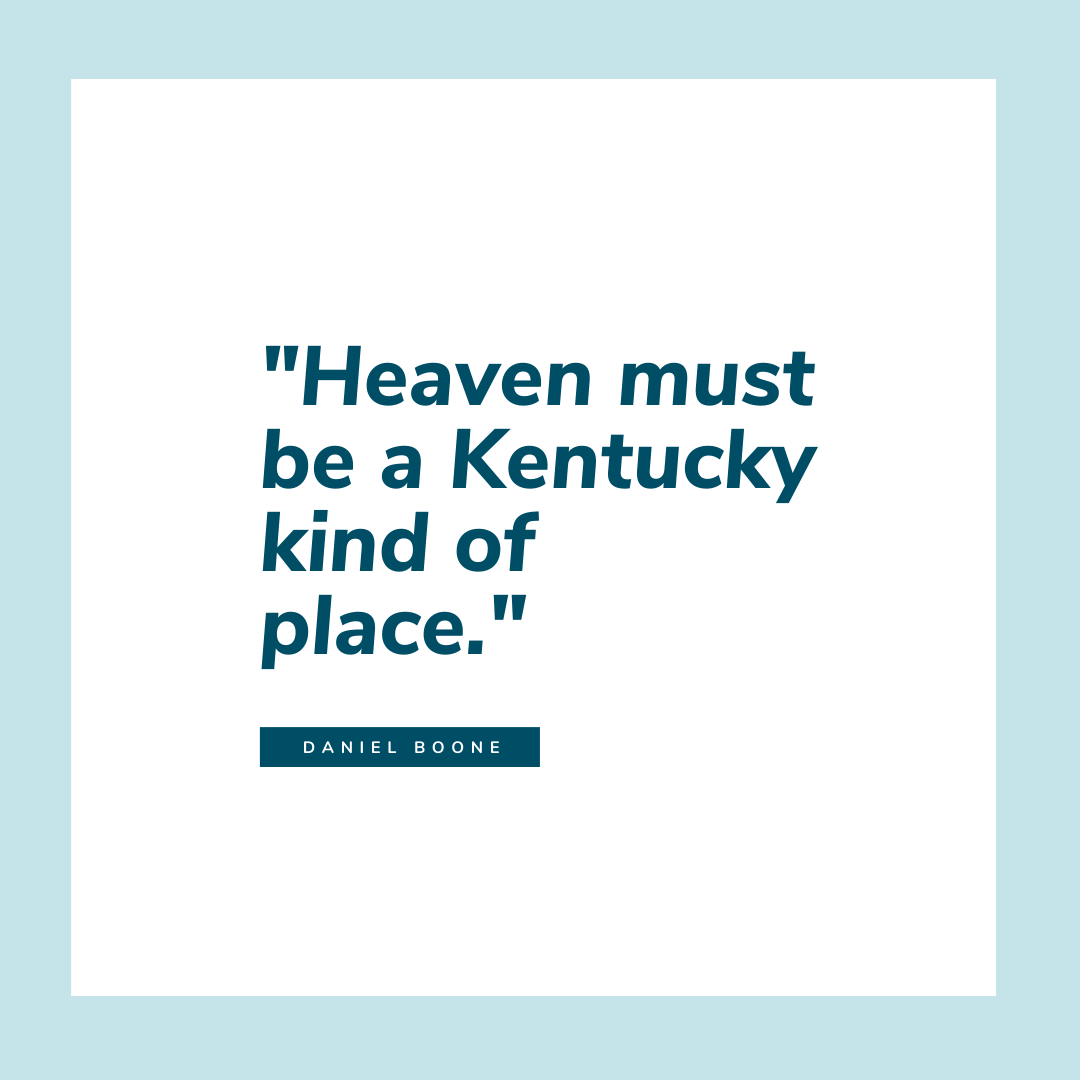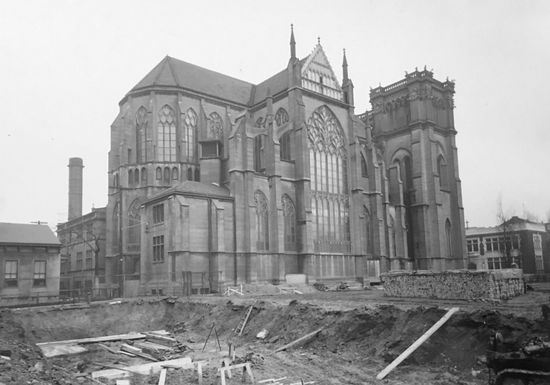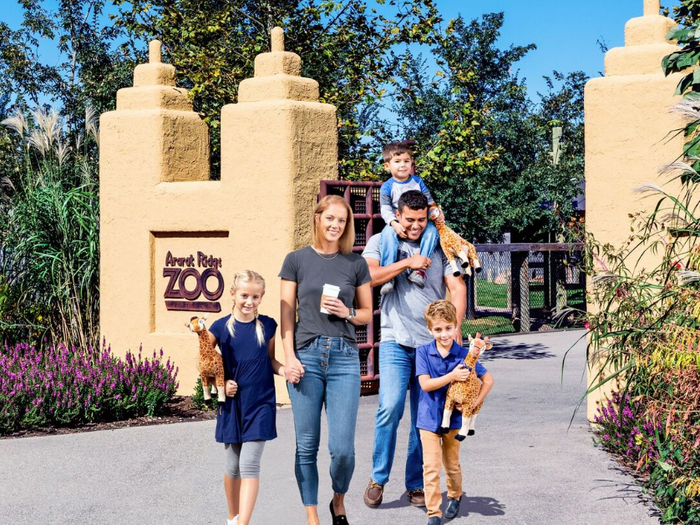About
The History of Faith in Kentucky
Kentucky has been a beacon for people of faith since its earliest days. From the pioneers who brought their own religious traditions, to the Red River Meeting House camp meeting and the establishment of two Shaker communities; as well as the first African American congregation and the first Catholic diocese west of the Alleghenies, Kentucky has supported the spiritual growth of its citizens and the nation. The destinations on this trail offer a rich tapestry of history, diversity, amazement, and serenity. Regardless of your personal beliefs, exploring the Kentucky Faith Trail is sure to be a memorable and fulfilling experience for everyone.
Our mission at the Kentucky Faith Trail is to help you learn about and explore these exciting spiritual attractions. A family friendly adventure from the first location to the last, the trail is full of amazing architecture, scenic landscapes, and countless opportunities to reaffirm your faith. The Kentucky Faith Trail is comprised of popular destinations like the Ark Encounter and Creation Museum, as well as less-known attractions like the home of "Raccoon" John Smith and South Union Shaker Village. Visit the Kentucky Faith Trail to learn about the history of faith in the Commonwealth while reaffirming your own faith!

New Settlers Build the Early Churches
Upon arriving in Kentucky for the first time, the famed Kentucky pioneer and frontiersman Daniel Boone once said, “Heaven must be a Kentucky kind of place.” We’re inclined to agree! As more people moved west and settled in Kentucky, new religious communities were formed, and the history of religion in the Commonwealth began. While most churches started off small and far apart, these early groups laid the groundwork for a spiritual awakening across the region.
Established by fifty families who came to Mercer County from Pennsylvania in 1781, the Old Mud Meeting House was the First Dutch Reformed Church west of the Allegheny Mountains.
Opening in 1848, the
Abbey of Gethsemani is a Catholic monastery where Trappist monks lead lives of prayer, work, and sacred reading. The
Basilica of St. Joseph Proto-Cathedral in Bardstown was the first (Proto) Cathedral west of the Allegheny Mountains.

After 1830, in large part because of the influx of German immigrants, Covington's population began to grow significantly, creating a number of distinct and diverse neighborhoods within the city. With these German immigrants came a strong tie to the Catholic faith. In 1834, St. Mary’s Church was dedicated by Bishop Purcell of the Diocese of Cincinnati as the first Catholic church in Covington, Kentucky. By 1851, due to the rapid growth of the community, St. Mary Church became insufficient to accommodate the needs of the parish. By 1901, a new Gothic style cathedral opened as the Cathedral Basilica of Assumption. It is one of 85 minor basilicas in the United States. In 1842, the Mother of God Roman Catholic Church was founded in Covington. The stunning church featured twin renaissance towers and murals by famous Vatican artist Johann Schmitt.
The Great Revival
The Revival of 1800, also known as the Red River Revival, was a series of Presbyterian Sacrament meetings which began in Logan County, Kentucky. The meetings were held June 13-17, 1800, at the Red River Meeting House. It ignited many subsequent events and influenced several of the leaders of the Second Great Awakening. These events represented a transition from British traditions to innovations arising from the unique needs and culture of Americans in the new century, especially on the frontier. The Great Revival quickly spread into the larger Cumberland region of southwestern Kentucky and middle Tennessee. It expanded outward in all directions, attracting the attention of evangelical leaders such as Presbyterian-turned-Disciples of Christ leader, Barton Stone, and Methodists Francis Asbury and Peter Cartwright, as well as leaders in the Shaker and Cumberland Presbyterian movements.

In nearby Monroe County, John Mulkey was a circuit preacher and the pastor of Mill Creek Baptist Church. A third generation Separate Baptist and the longtime moderator of the Stockton Valley Baptist Association, Mulkey became convinced the Calvinistic teachings of the Baptist Church at that time were not doctrinal. In 1809 when he took a stand against Calvinism and attempted to restore the church to New Testament Christianity, the congregation tried him for heresy, three times! Following the last trial, the congregation split, rocking the Baptists of South-Central Kentucky and the Upper Cumberland Plateau in Tennessee. Viewed as a heretic by many and a visionary by others, the site eventually took on his name... Old Mulkey Meeting House.

At the same time, the Shakers began moving into Kentucky, eventually developing some of the largest Shaker communities in the country. The Shakers embraced a kinship with the land and with each other, forging a legacy that continues to inspire us today. Their gifts are simple—architectural marvels, breathtaking landscapes, and lessons in community, ingenuity, and sustainability. Today the Commonwealth boasts two Shaker communities, one of which is the Kentucky Faith Trail's South Union Shaker Village near Bowling Green.
Post-Revival, Building Historic Churches
After the Great Revival, there were some campaigns for reform within the church to find “the unification of all Christians in a single body patterned after the church of the New Testament.” This eventually became known as the Restoration Movement and many churches began to build or expand. "Raccoon" John Smith planted the work of New Testament Christianity in Monticello, Wayne County, and culminated in the establishment of the new Christian Church in 1831.
Both during and after the end of slavery, African Americans began to establish their own congregations, parishes, fellowships, associations, and later denominations. First African Baptist Church of Lexington was founded around 1790 by Peter Durrett and his wife, who were slaves. They came to Kentucky with their master, Rev. Joseph Craig, in 1781 as part of "The Travelling Church" of Baptists from Spotsylvania, Virginia. The First African Baptist Church of Lexington is extremely significant to the history of faith in the Commonwealth and this Nation as it is the oldest Black Baptist church in Kentucky, the third oldest in the United States, and the first west of the Allegheny Mountains.
Modern, Spiritual Attractions
Today, Kentucky offers modern, spiritual attractions, such as The Ark Encounter and the Creation Museum. The Ark Encounter allows you to experience Bible history at the life-size Noah’s Ark! Meet Noah, his family, and the animals on the Ark. The family-friendly Ark Encounter theme park near Cincinnati also features a zoo, zip lines, and timber-frame restaurant. Explore the Creation Museum, where Bible history comes to life. This family-friendly attraction in Northern Kentucky explores creation science with stunning exhibits, dinosaur bones, fossils, botanical gardens, a planetarium, zoo, zip line course, and more!



